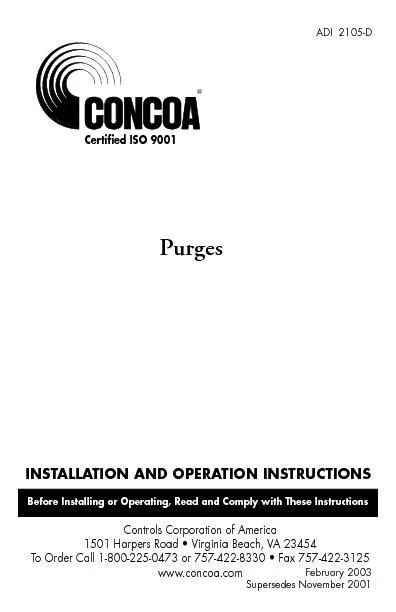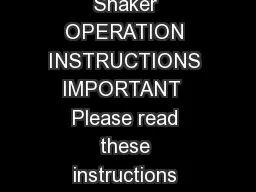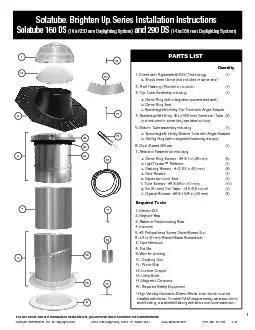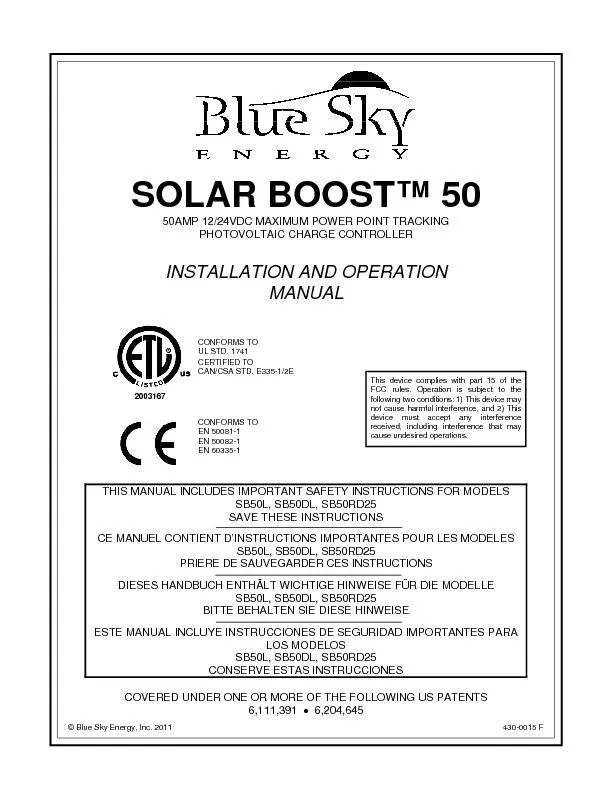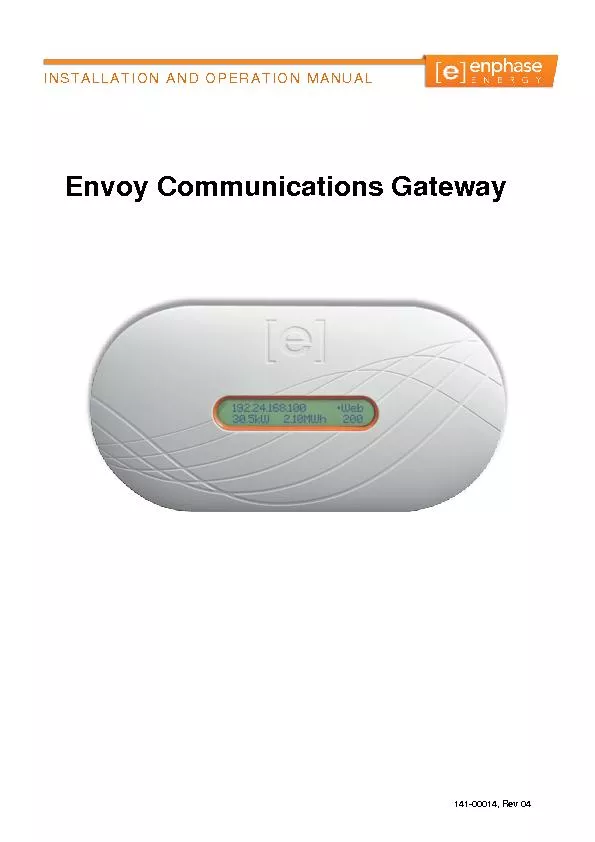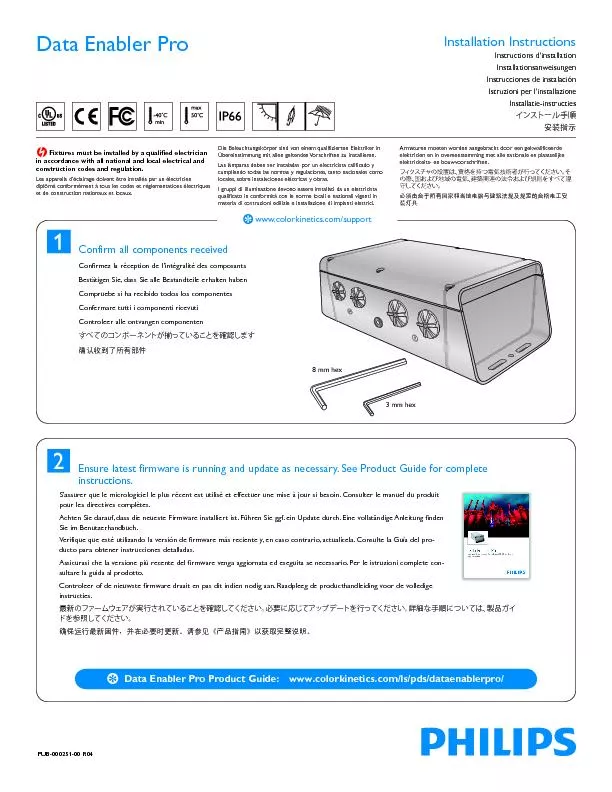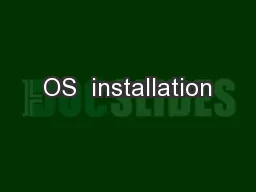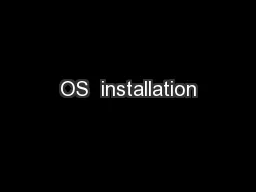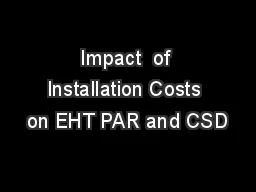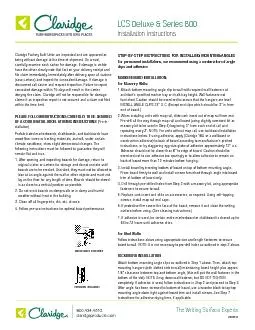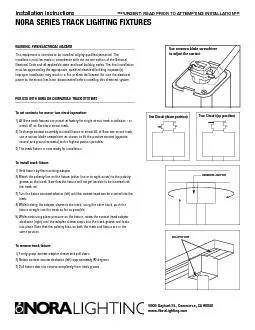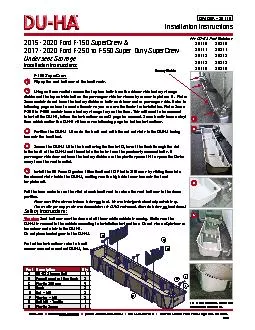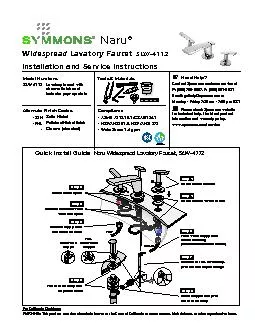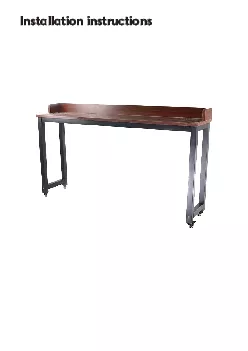PDF-INSTALLATION AND OPERATION INSTRUCTIONS
Author : ellena-manuel | Published Date : 2016-07-16
Certix00660069ed ISO 9001 1501 Harpers Road x2022 Virginia Beach VA 23454 To Order Call 18002250473 or 7574228330 x2022 Fax 7574223125 wwwconcoacom Purges February
Presentation Embed Code
Download Presentation
Download Presentation The PPT/PDF document "INSTALLATION AND OPERATION INSTRUCTIONS" is the property of its rightful owner. Permission is granted to download and print the materials on this website for personal, non-commercial use only, and to display it on your personal computer provided you do not modify the materials and that you retain all copyright notices contained in the materials. By downloading content from our website, you accept the terms of this agreement.
INSTALLATION AND OPERATION INSTRUCTIONS: Transcript
Download Rules Of Document
"INSTALLATION AND OPERATION INSTRUCTIONS"The content belongs to its owner. You may download and print it for personal use, without modification, and keep all copyright notices. By downloading, you agree to these terms.
Related Documents

